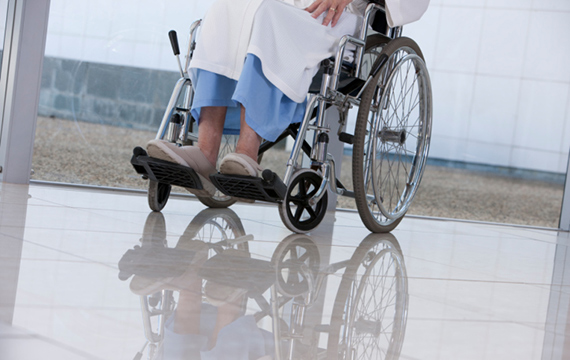This latest attack on elder care and, specifically, for-profit skilled nursing care has lots of truth but fails miserably in four areas.
My dog brought in the Sunday paper and that was the banner headline.
This latest attack on elder care and, specifically, for-profit skilled nursing care has lots of truth but fails miserably in four areas:
1. It completely ignores the issue of reimbursement – I am convinced that you would find a direct correlation between per patient day revenue and quality of care. The article makes slight note of some for-profit ownership entities that provide quality care and very specifically highlights Eskaton, a Sacramento based not-for-profit provider, that has great quality ratings. That is all good, but it completely fails to acknowledge that almost all indigent skilled care is provided by for-profit organizations.
2. It’s All Local – The article spends a lot of print on how many of the for-profit companies have complex ownership structures and that it is hard to find chain-wide data.
WHO CARES?
I know for sure that not-for-profits also often have complex ownership structures. These complex structures are done by all large organizations for a variety very legitimate reasons. It makes for sensation, but it means zip, nothing, nada.
1. What about the Docs? – Each patient in each skilled nursing facility is seen by a physician at least once a month and many are seen more often than that. I have never understood why physicians get a pass in allowing their patients to receive inferior care. They should be the first and last guardian of care for vulnerable skilled nursing residents. Never, not once, have I ever seen anyone address this question.
2. LVN’s Are Not Capable of Passing Meds Safely – This is the allegation of Charlene Harrington, professor emerita of sociology and nursing at UC San Francisco. According to the article she is an RN and has studied skilled nursing for many years. She says this: “ . . . LVN’s don’t have the expertise to be taking care of these complex residents.”
Nursing homes do save money by using LVNs to pass medications. In truth almost all skilled nursing communities, with good and bad quality indicators, use primarily LVN/LPNs to pass meds. In fact in many states med techs are allowed to pass certain types of meds, and it works very well. RNs act as supervisors and managers, doing the bulk of assessments and care plans, setting policies for line staff to follow.
The big problem with articles like this is that it will most likely make whatever problems there are worse rather than better:
3. It will make the public more afraid and more litigious – This will force skilled nursing providers to pay higher insurance premiums and spend more time in defensive activities that will not be about better care of residents but about insolation from legal and regulatory action.
4, It will drive regulators to pass new and more laws – The reason we have so many rules and regulations in the industry today is because of sensational articles like this. Don’t get me wrong, there have been and there are some bad operators out there. Yet I am not convinced that more rules and regulations is the solution (at least as it is being done now).
We have been trying it this way for perhaps 30 years and as a result there are still some terrible providers and some horrific things happening to residents. Maybe we need to be looking for a better way.
Yet for all of this, this article series raises a significant question: Is there a problem with the skilled nursing industry in California and the nation?
Steve Moran








